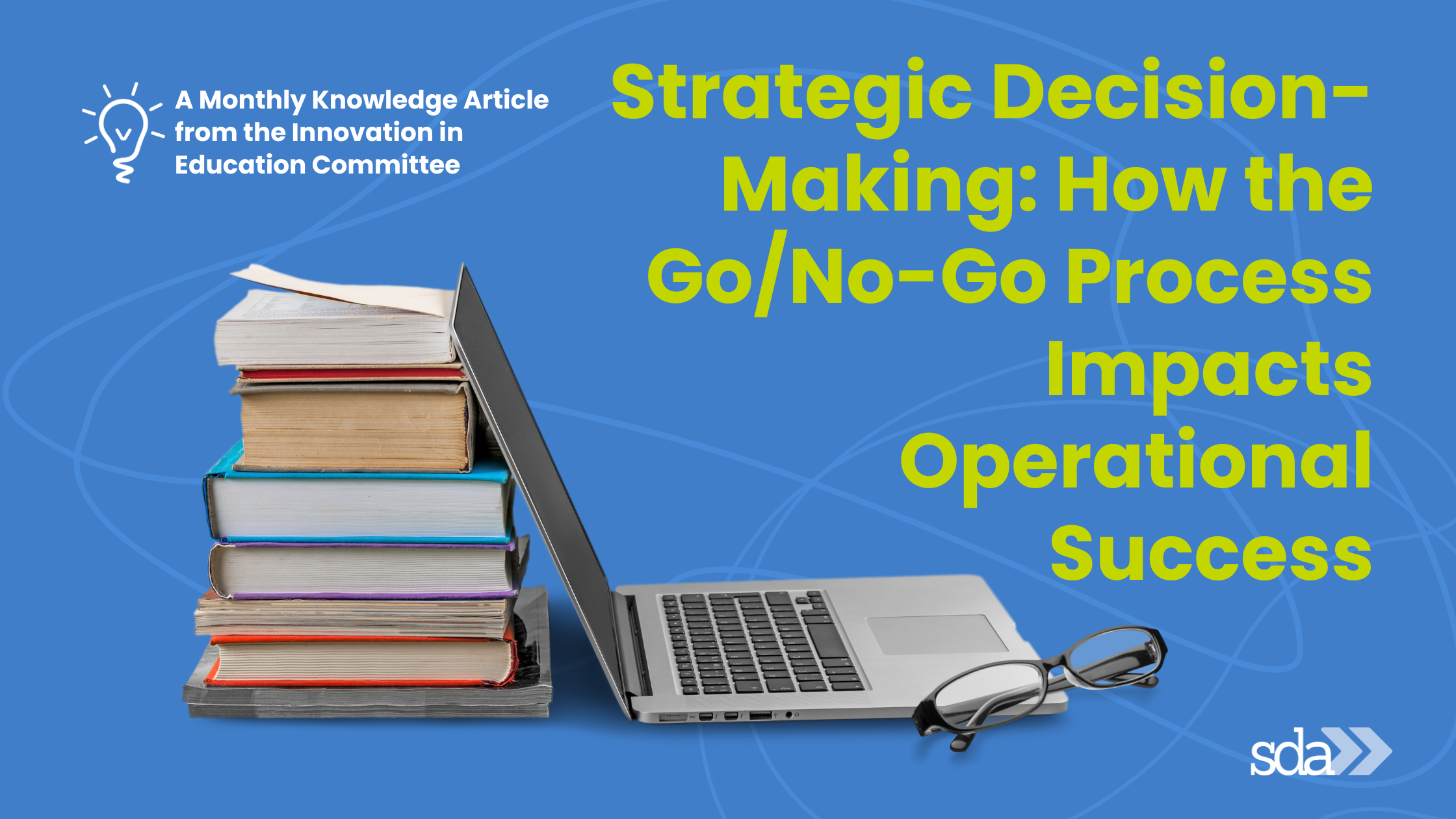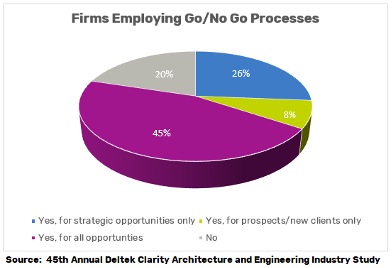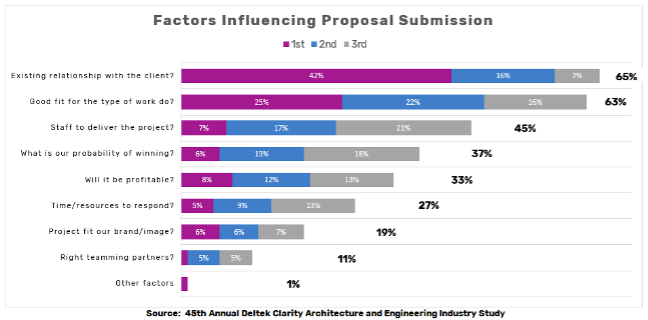
In the fast-paced world of architecture and design, each project represents an opportunity for creativity, innovation, and growth. However, not all projects are equally beneficial, and deciding which ones to pursue demands thoughtful consideration. This decision point is where the Go/No-Go process comes into play—a dynamic approach that assists firms in navigating the complex terrain of client and project selection.
Why It Matters Beyond Direct Responsibilities:
Even if it is not directly within your daily responsibilities, understanding the Go/No-Go process is crucial for administrators, HR professionals, and office managers. It impacts overall company strategy, resource allocation, and team dynamics, influencing everything from workload distribution to client relationships and financial health.
Key Factors in the Go/No-Go Process:
- Profit Potential: Assess the project's profitability in terms of time, resources, and labor investment.
- Past Client Experiences: Reflect on previous interactions with the client to gauge reliability and ease of collaboration.
- Future Collaboration Opportunities: Evaluate the potential for ongoing partnerships with the client beyond the current project.
- Efficiency of Collaboration: Consider how smoothly the project will proceed based on past experiences.
- Staff Capacity: Evaluate current workload and staff capacity to determine feasibility.
- Competitive Landscape: Analyze market competition and your firm's competitive positioning.
Why the Go/No-Go Process is Essential:
- Only 45% of A/E firms have a formal Go/No-Go process, and even fewer use it strategically (26%).
- Strategic use can significantly impact profitability (average of 18.7% for A/E firms) by optimizing resource allocation.
- It minimizes risk exposure, enhances team alignment, and ensures efficient resource utilization.
Considerations Beyond Direct Project Management:
Marketing costs can account for up to 12% of net revenue, underscoring the importance of strategic decision-making.
The process ensures informed decisions, mitigates financial risks, and maximizes return on investment.
Factors Influencing Go/No-Go Decisions:
Key considerations include regulatory compliance, technological readiness, contract terms, and client engagement levels. These factors collectively contribute to successful project outcomes and client satisfaction. According to the 45th Annual Deltek Clarity survey, A|E companies rank factors influencing proposal submission as follows:

Questions to Consider:
- Do we have design experience with the project type?
- Is the company experience in the project delivery method, e.g., Design-Bid-Build, CM at Risk, or Design-Build
- Are we well-versed in relevant regulations and technologies?
- Does the contract align with company policies regarding indemnity and liability?
- Can the company meet the insurance requirements?
- Are we comfortable with the fee type, such as time and materials, time and materials to a max, fixed fee, or by unit, and the scope of work?
- Does the current percentage of client profitability warrant pursuing the project?
- Is there sufficient client engagement to proceed with proposal preparation effectively?
- Does the contract allow progress billing, or will large labor expenditures be made before payment?
Understanding and applying the Go/No-Go process strategically not only enhances project success rates but also supports broader organizational goals. By aligning decision-making with company strategy and resource capabilities, administrators, HR professionals, and office managers play a vital role in driving sustainable growth and operational excellence within architectural and design firms.
Want to learn more? Here are some resources:
SDA Program Recording: The Go/No-Go Process: Promoting Effective Marketing & Risk Management
SDA Forms & Templates: Marketing
LinkedIn Article: Five Basic Rules for Better Go/No GO Decisions in A|E|C Marketing
45th Annual Deltek Clarity Architecture and Engineering Industry Study
Posted Thursday, August 22, 2024